Leaderboard
Popular Content
Showing content with the highest reputation on 11/21/20 in all areas
-
3 points
-
3 points
-
2 points
-
Looks fine to me. What's the problem? Ah, sorry. Looked again. Remove all the hands, Put the hour hand on, adjust it to the hour marker. Put the minute hand on, and turn both through a 12 hour cycle to check alignment and clearance. You might need a few attempts to get it perfect. Then put on the seconds hand.2 points
-
2 points
-
1 point
-
If you fitted the hands correctly then this happens after a day of wearing it, it could be that the dial washer is missing.1 point
-
1 point
-
1 point
-
1 point
-
Could you inject tinted clear acrylic into the inclusions, or fill with some other material. This might allow you to then slice it without loss of structure.1 point
-
say, what's the consistency of this fordite? is it like a hard eraser? I'm still trying to remember where I've come in contact with the stuff. it was a long time ago I remember that...1 point
-
should have clarified-I meant to start the hole, not to drill it. I've only ever used them to start a hole. my bad.1 point
-
Cousins UK is showing this item as Obsolete: Crown Wheel Ring ( 422 ), AS 1580 There is no such thing as "i lost it" if you "lost" it in your room. Keep searching. You will have to develop such skill every time some spring flies across the room ? . Just put the "crime scene tape" several meters around your workbench and keep searching. Good luck!1 point
-
the material house business is an interesting business. My understanding is that when companies like this require other material houses that there placed in a separate location in their warehouse. They do not necessarily attempt to integrate it all into their system for several reasons. The individual cost of components isn't worth taking the time to inventory them. Then did you know there is more than one system? in other words different material houses had different systems makes it impossible to integrate the systems together without spending a heck of a lot of time and effort. if you could physically walk into a material house in the old days it was a little bit different. A amusing observation was made and pointed out to me. Sure enough once I was paying attention when I would go into the material house to purchase things others did something a little bit different. Rather than having a list with those numbers that would help them out they would bring the physical job. All the various places that were buying parts would send somebody to the material house usually not the watchmaker. Physical watches in the job envelopes placed across the counter sometimes covering the entire calendar. usually notes on each of the jobs of what was needed sometimes they had to call home to see what it was that was needed other times that say things like I'm sure you know what it is when you look at it. my personal observation was that ideally if you'd like to get what you desire you need to give them as much information as possible. Otherwise they just not going to waste their time looking for your part.1 point
-
1 point
-
1 point
-
Yeah, I've tried a few things: brass scarf, powdered marble, brass plates, etc. If I've learned anything about bluing steel, is that what works well for one person won't necessarily work for another person. I'm able to consistently and cleanly blue hands, but the much larger surface area of the chapter ring is a significantly greater challenge. If anyone wants to learn how to blue hands or screws, the most foolproof and consistent method I'd recommend would be to use an inexpensive (<$100) precision-controlled digital soldering station with some sort of brass heating platform attached. This is what G.O. does, and it really does look like the sweet spot in terms of repeatability, consistency, and price. For one-off bluing of a couple of screws or the occasional hand set, any of the time-tested methods should work fine with significant practice. \\\ Thanks for the compliments @MechanicMike! \\\ Please forgive the poor quality of these snapshots, but here are a couple more examples. (Along with everything else, I'm really working to improve my wristwatch photography. It pains me to share quick snapshots now, but it's a ton of work to produce really high quality photographs. I'll be writing up a technique/walkthrough for taking high quality wristwatch photos and sharing it with the group when things calm down. With luck, it'll help folks take better picture of their watches ... and maybe make a little more money on their eBay sales.) This finished watch is an SNKK27 with a dial that really reminds me of a topographic map. This dial sitting by itself is way more vivid and psychedic, and I'll be putting it into a watch today. Here's a heartbreaking (to me anyway) image showing just how delicate and difficult this stuff is to work with. I absolutely loved the crazy pattern and colors in this dial, and it was likely to be my "keeper" fordite dial to commemorate this project. It reminded me of a psychotic duck. This dial made it almost all the way through my manufacturing process, surviving being cut with my saw, trimmed to fit the dial, and being ground/polished down through 400, 800, 1500, and 2000-grit sandpaper. On its final polishing step (wet 3000-grit sandpaper), I overpolished this dial and exposed the brass underneath the fordite layer. This is most visible at around noon in the picture below. Dang. Adding insult to injury, the fordite chipped when I drilled its central hole. This was around 8 hours of work down the drain. I can definitely say that I've figured out a LOT of ways of screwing up the manufacturing process for these dials. And I'm confident in saying that I'll continue finding new ways to screw it up. Here's a fun one that took me by surprise. I was working with a fordite section that wasn't completely flat out of the saw. I didn't think that this was a big deal, as it ranged from 0.5mm at its thin end to 0.75mm at its thick end. It turned into a big deal when I made two additional mistakes: 1) I forgot to rough up the brass dial blank before applying epoxy; and 2) I didn't weigh down the fordite section enough while the epoxy was curing. The uncured epoxy allowed the fordite section to slip off of the dial while curing, leading to a very thin and fragile fordite layer that was securely epoxied to half of a dial blank. Neither were salvageable. I have found some tricks that have improved the process too. I had been using hot glue to hold my fordite cores to the "wafer chuck" on the Buehler Isomet during cutting. This worked okay, but the hot glue failed after 3-4 cuts, which resulted in a lot of wasted time and miscut fordite sections. The better solution has turned out to be using epoxy to glue a LEGO piece to the end of the fordite cores, and then using a vise chuck to hold the LEGO piece during cutting. This works awesome. I've also figured out that an ideal fordite section is almost exactly the same width (0.5mm) as the blade I'm using to cut it. This has made eyeballing the width of my cuts much easier, and has significantly improved the consistency of my cutting. Cutting has gotten MUCH better having switched to a 5" blade and using LEGO pieces with a different chuck. This low-tech kludge is working AWESOME. I did find a good source of brightly colored hands of different designs, which I'll be tapping into if I continue building fully-assembled and upgraded Seiko watches. I'd honestly rather just be making dials. I'm learning that there are really big differences between different types of fordite. The more subtle (whites/blacks/reds/silvers/blues) fordite is from an old Jeep assembly line. The wild psychedelic stuff is from the old Mustang assembly line. The materials feel different to work too. Also, I've discovered that some rough slabs of fordite have big bubbles or inclusions in them. One $50 rough slab I bought was so riddled with inclusions that it produced a grand total of one usable fordite section. Here's an example of some of the psychedelic colors and patterns I can get out of "Mustang" fordite: I'm still working frantically to get my first 10 dials completed. I had a major breakthrough in that I received my order of 200 half-height (0.2mm) blank brass Seiko/NH35/NH36 dials from the Chinese factory yesterday. I had stalled out because I had worked my way through my first 12 half-height dial blanks and was completely out. Ordering directly from a Chinese factory was a lot less painful than I had been lead to expect, but I think I got lucky and don't have QC problems because of the simplicity of the parts I had ordered. If I have time, I'll share some of my notes and experiences about what it has been like for me to work with an Alibaba manufacturer to build custom parts. I'm currently reaching out to additional Chinese suppliers to try to see if designing and manufacturing a run of *carbon steel* Seiko-compatible handsets is feasible. A lot more can go wrong there, and that's going to be a much longer-term project. Ideally, I'll be able to design hands that are inexpensive to manufacture, come ready-to-blue, and can accommodate lume (which I'd be applying myself).1 point
-
1 point






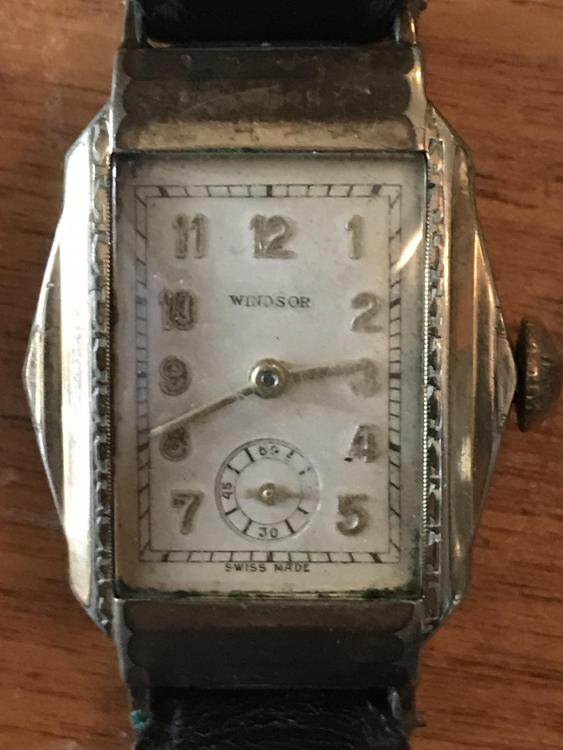
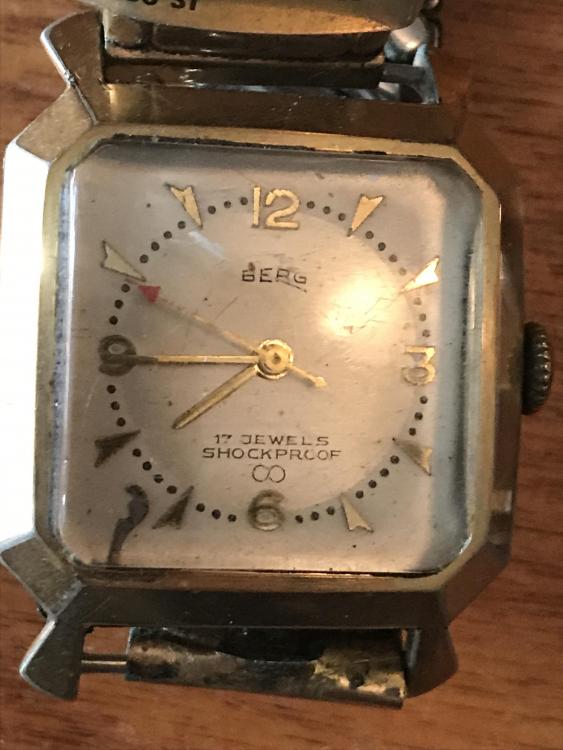
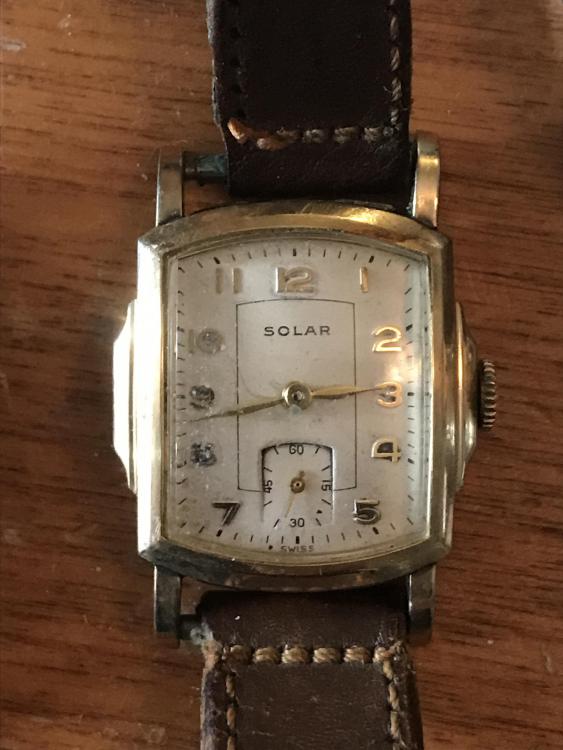
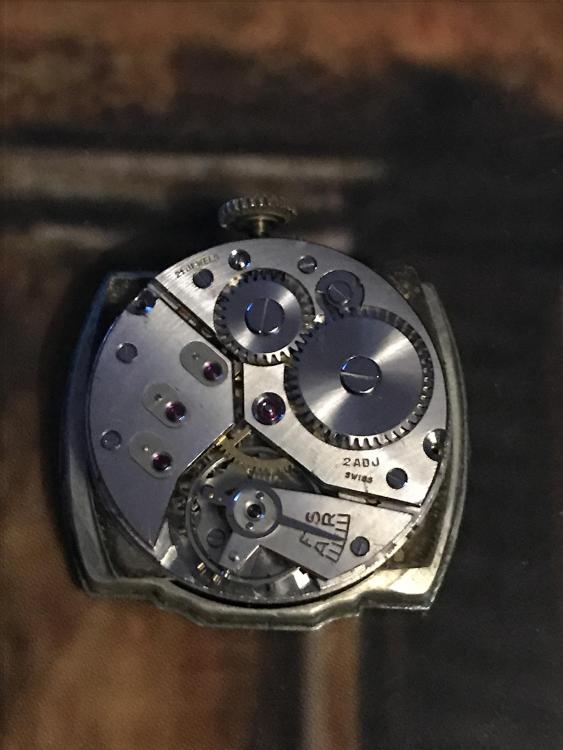

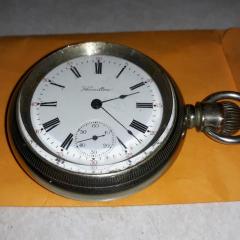
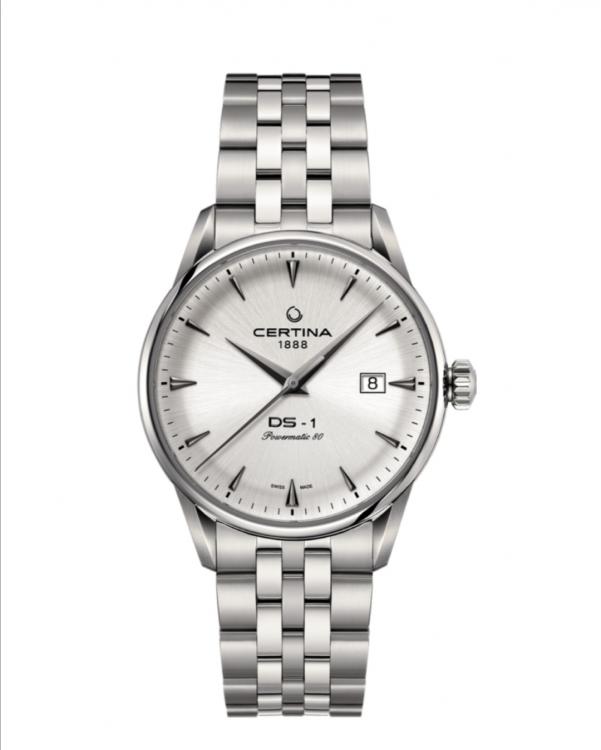
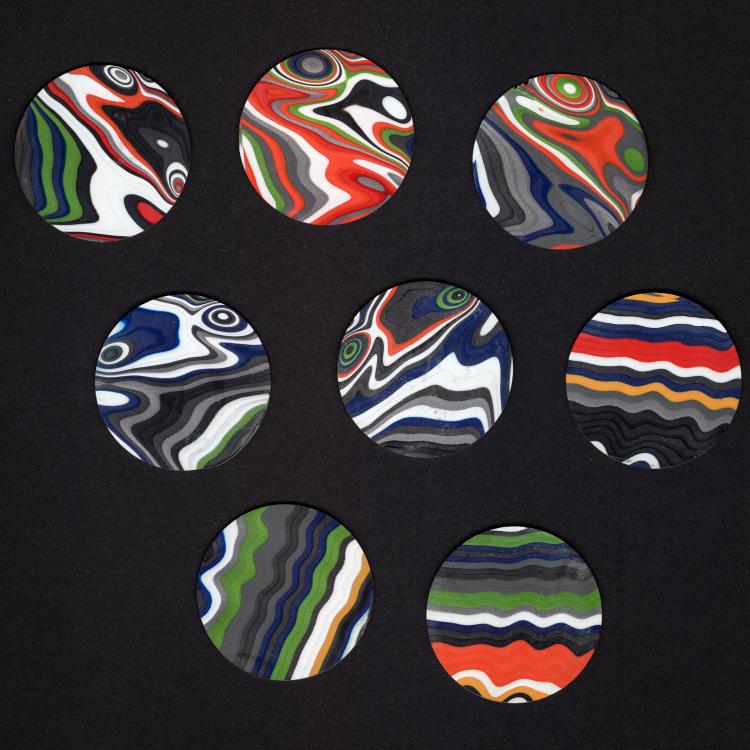

.thumb.jpg.159643d8be1afc2abd8f4e36d6567c5a.jpg)
.thumb.jpg.ca93482a584f8be9796babcb643b664b.jpg)